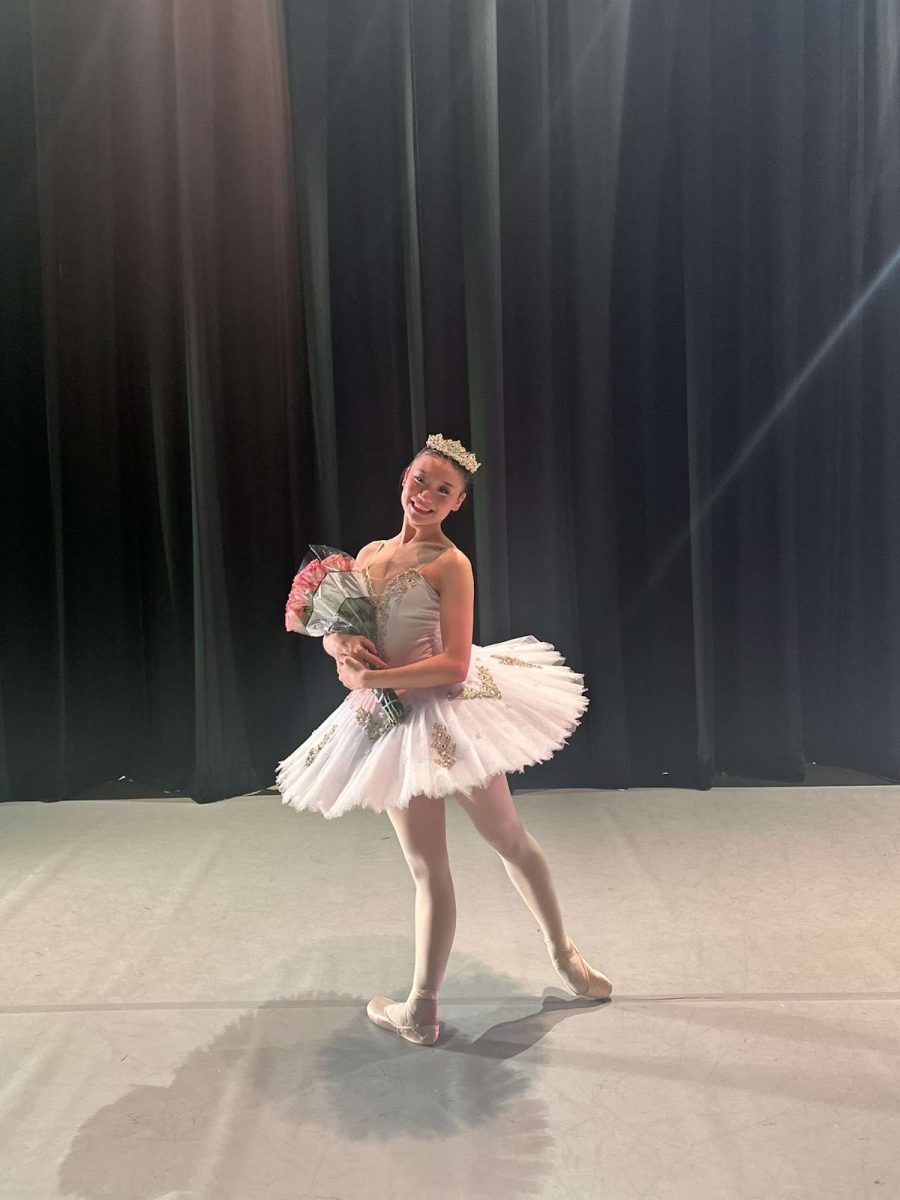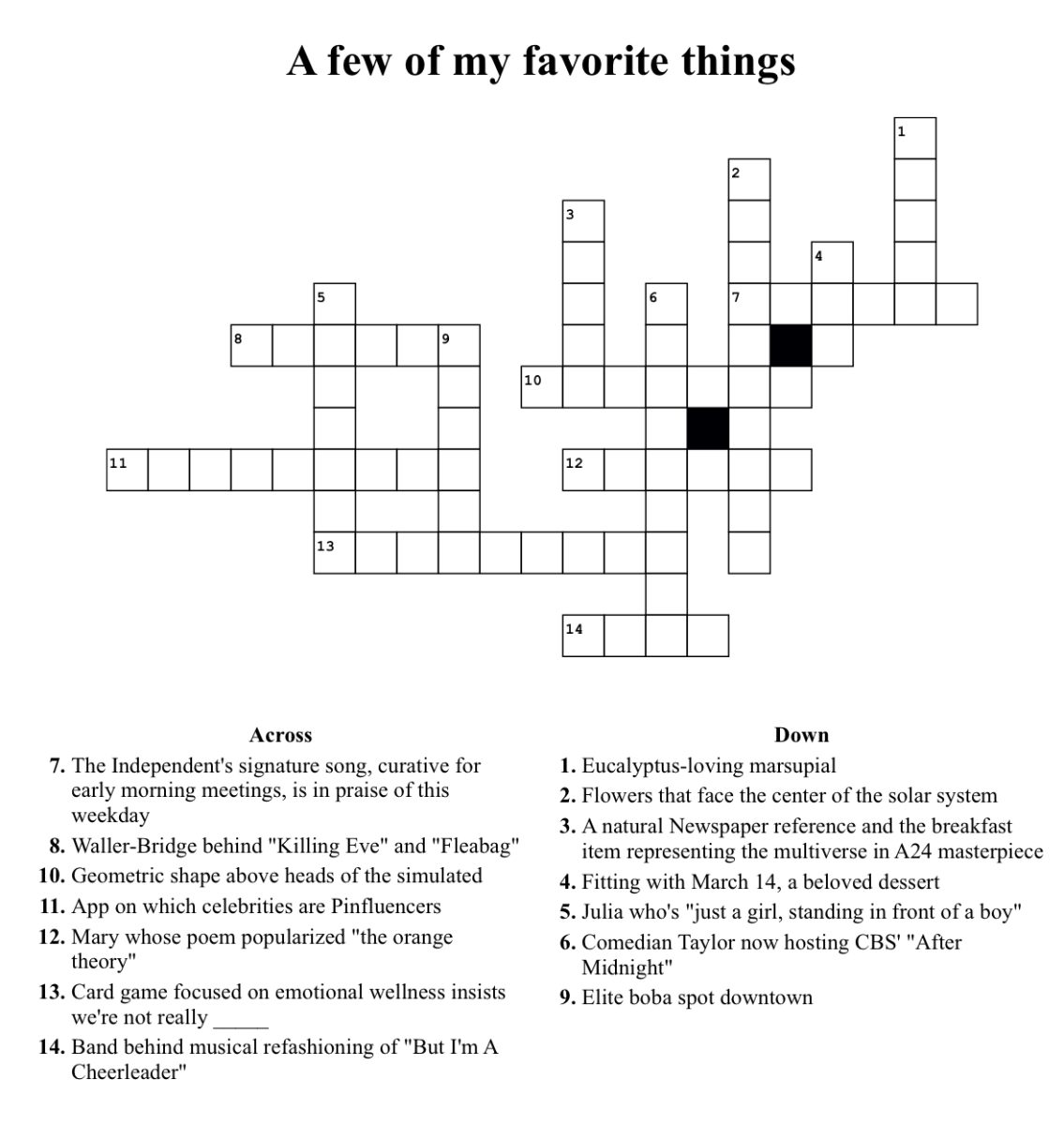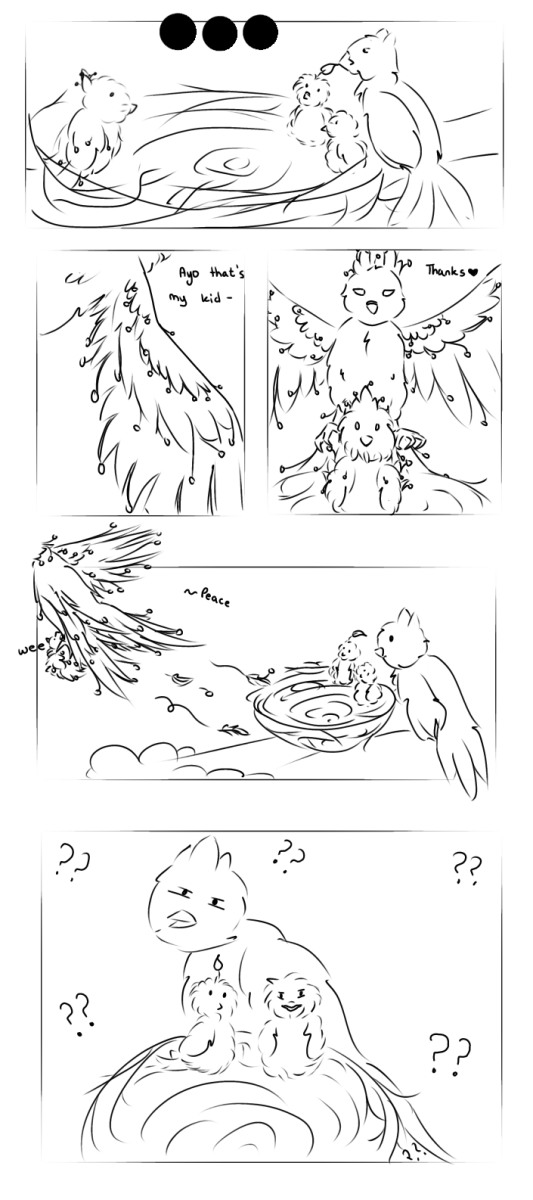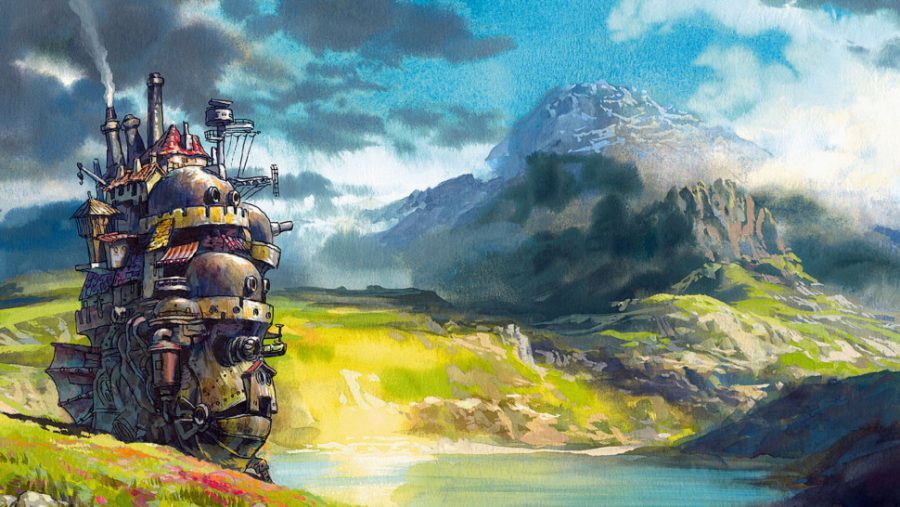Howl’s Moving Castle: What it Means to be Human
September 30, 2022
Normally, over the years, it is natural for a movie’s influence to dwindle. However, even between generations, Howl’s Moving Castle has not only remained a staple of modern media but possibly increased in popularity. The question is, why?
2004 animation Howl’s Moving Castle by Hayao Miyazaki is loosely based on the whimsical but ultimately not as good 1986 novel by Diana Wynnes Jones. With its unique style and approach to humanity, the film illuminates facets of the world, society and self-identity that often go unexplored in media, allowing its audience a kind of connection that is nearly impossible to find elsewhere.
The movie begins with Sophie. A quiet, pragmatic young woman, Sophie is self-conscious in a weirdly practical way. The oldest of three sisters, she knows that her lot in life is simply to inherit the hat shop that her parents founded.
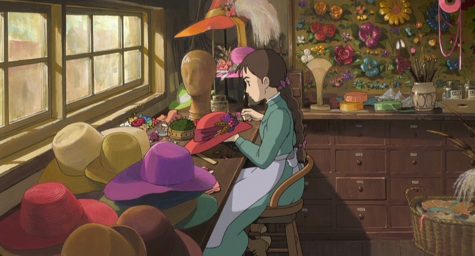
Suddenly, through a chance encounter, her life becomes much less boring. Walking to meet her sister, Sophie has an unfortunate run-in with two drunk, weirdly aggressive soldiers and finds herself saved by a colorful and only slightly less threatening wizard, who delivers her to her sister’s workplace by way of air travel.
Sophie is first delighted at the attention that the (rather nice-looking stranger) has shown her, and later horrified to learn that the stranger was Howl. Predatory, over-indulgent Howl, rumored to break and then eat pretty girls’ hearts, has clearly just missed his chance to eat Sophie’s. And in doing so, has gotten her into a lot of trouble, as she finds out later when a different, much more evil entity visits her hat shop.
The Witch of the Waste is a horribly smug, vain witch, notorious for the havoc that she wreaks in the nearly uninhabitable part of the country, the waste. Deciding that Sophie must somehow have a part in her unresolved conflict with Howl, since she was seen with him earlier, she curses Sophie to live as an old woman. The next day, Sophie decides that her only option is to flee to the waste and attempt to figure things out there, which starts her on a path full of personal growth, adventure and fulfillment.
Looking at the plot, Howl’s Moving Castle might seem elementary or bland, with too childish of a premise or not enough eccentricity to evoke something truly great in the viewer. While Miyazaki did use his films to push the idea of pacificity and environmentalism, he was never as aggressive with his agenda as other movies, leaving room for something much more valuable to peek through the facade of delightful characters and imagery. Through the journeys of the characters, the choices they make, their struggles, their growth, Miyazaki has shown us something incredible.
Though viewers crave understanding, it is rare, in media, to find yourself within the characters. Many creators go the route of using their creations to symbolize something or act as caricatures of issues or themes. Miyazaki utilized his talent in a different way, creating a world with characters that anyone can relate to. Sophie, Howl, the Witch of the Waste, and all of the other characters act as visual personifications of every kind of human trait you can imagine; the characters show our flaws, and what we can become as a result of them. They show the thoughts, the shame, the guilt that many people began to believe define them, and then prove that they don’t. Howl, cowardly and vain, was also overwhelmingly caring. Sophie, who was self-deprecating to the point of destruction, earned love anyways, and began to place value in things other than outward beauty.
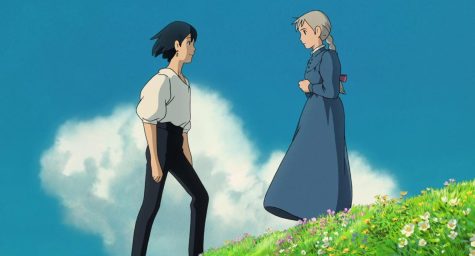
While each character obviously has a part in the main conflict of the story, the inner conflicts of the characters are what makes the movie so attractive to viewers; their journeys present the idea of redemption. There is nothing more comforting than to watch characters that struggle with the very same things we do, not only overcome their issues, but earn acceptance despite them. Howl’s Moving Castle doesn’t feature perfect heros because at its heart, it isn’t about the problems they solve; it’s about forgiveness. Flawed, desperate characters, who don’t believe they’re worth it find a home with each other here, and are loved not despite of their flaws, but for who they are because of them.
The imagery also adds to the nostalgic and comforting effect that the movie has on viewers, because of the rose-colored lens it looks at life through. The saturated sunsets, swaying grass, and the noisy but charming views of the city all highlight the aspects of life that people forget to be inspired by. How many people still stop to notice sunsets, or the colors that the clouds take on around early evening? In an interview in 2013, when asked about the message he wanted to get across with the animation, Miyazaki said, “I wanted to convey the message that life is worth living, and I don’t think that’s changed.” Looking at the movie, this was obviously a great success. The cobblestones of the streets and the rustic decorations of the castle create an extremely soft and vibrant atmosphere, that reminds us what exactly we like about being alive.

While watching the movie might not necessarily spark an entire revelation, the experience is at least beneficial short-term. Small details such as the ticking of a clock, or the gentle noises of still water allow tension to leave the scenes, and the readers to experience their world, or an imitation of it, without the regular grimy filter a day’s stress puts over it.
When asked, most people won’t know what the meaning of life is. They won’t know exactly who they are, how they got there, or why they’re still there. Movies like this exist to tell us that these answers don’t actually matter, because no matter what, people are still inherently deserving of forgiveness, community, and the right to enjoy a beautiful sunset.















